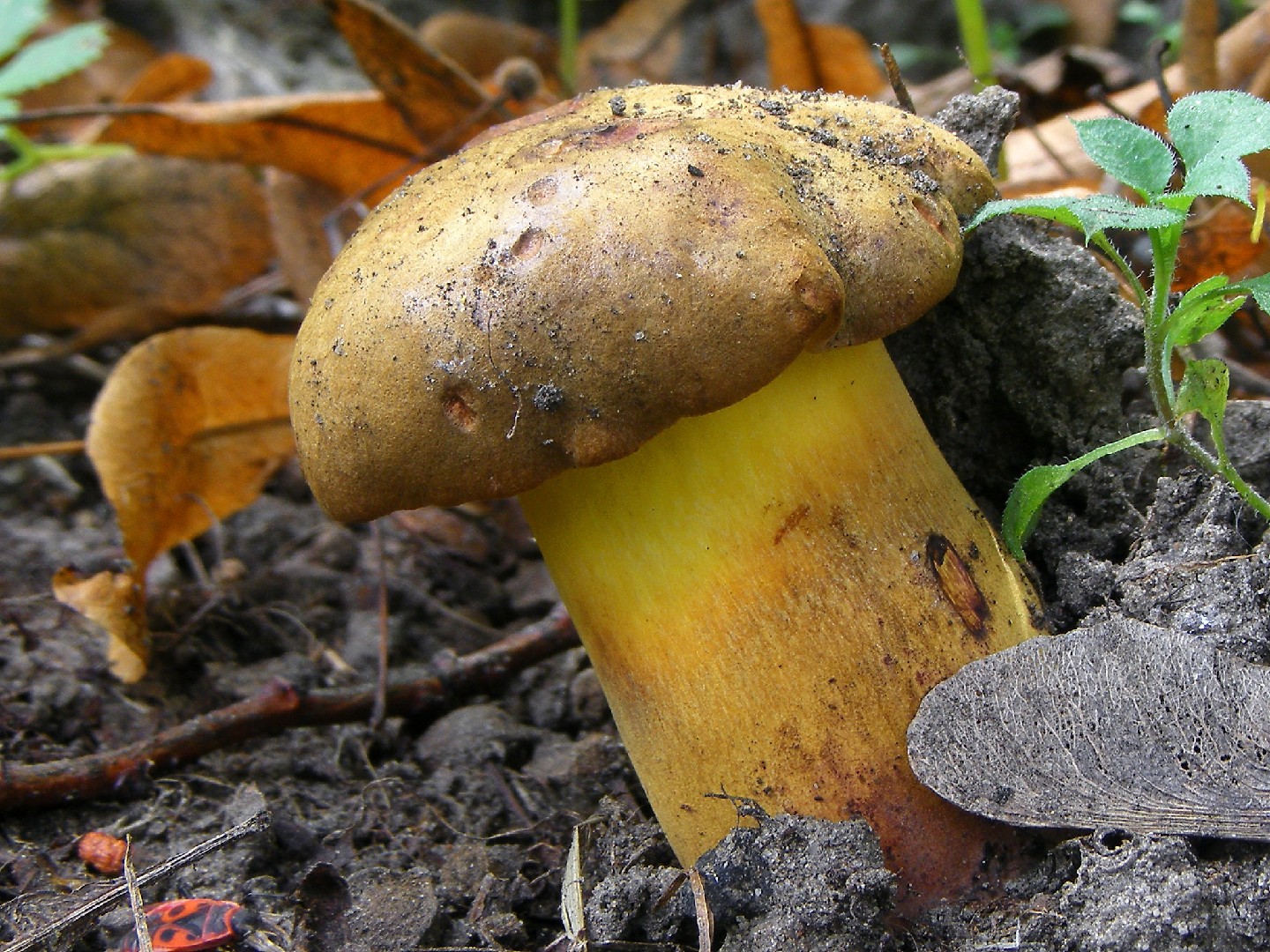Cyanoboletus
Nombre científico: Cyanoboletus
Cyanoboletus
Nombre científico: Cyanoboletus
 Photo By Grzegorz "Spike" Rendchen , used under CC-BY-SA-3.0 /Cropped and compressed from original
Photo By Grzegorz "Spike" Rendchen , used under CC-BY-SA-3.0 /Cropped and compressed from original Descripción
Cyanoboletus son un grupo de hongos fascinantes conocidos por sus poros y carne que se manchan de azul cuando se magullan. Normalmente crecen en asociación con robles y castaños, formando relaciones mutuamente beneficiosas. Se encuentran principalmente en regiones templadas y prosperan en suelos forestales. Su vívido color los hace destacar, aunque pueden adoptar un tono más común de hongo a medida que envejecen. Cyanoboletus también contribuyen significativamente a los ecosistemas forestales al descomponer material orgánico, mejorando la salud del suelo.